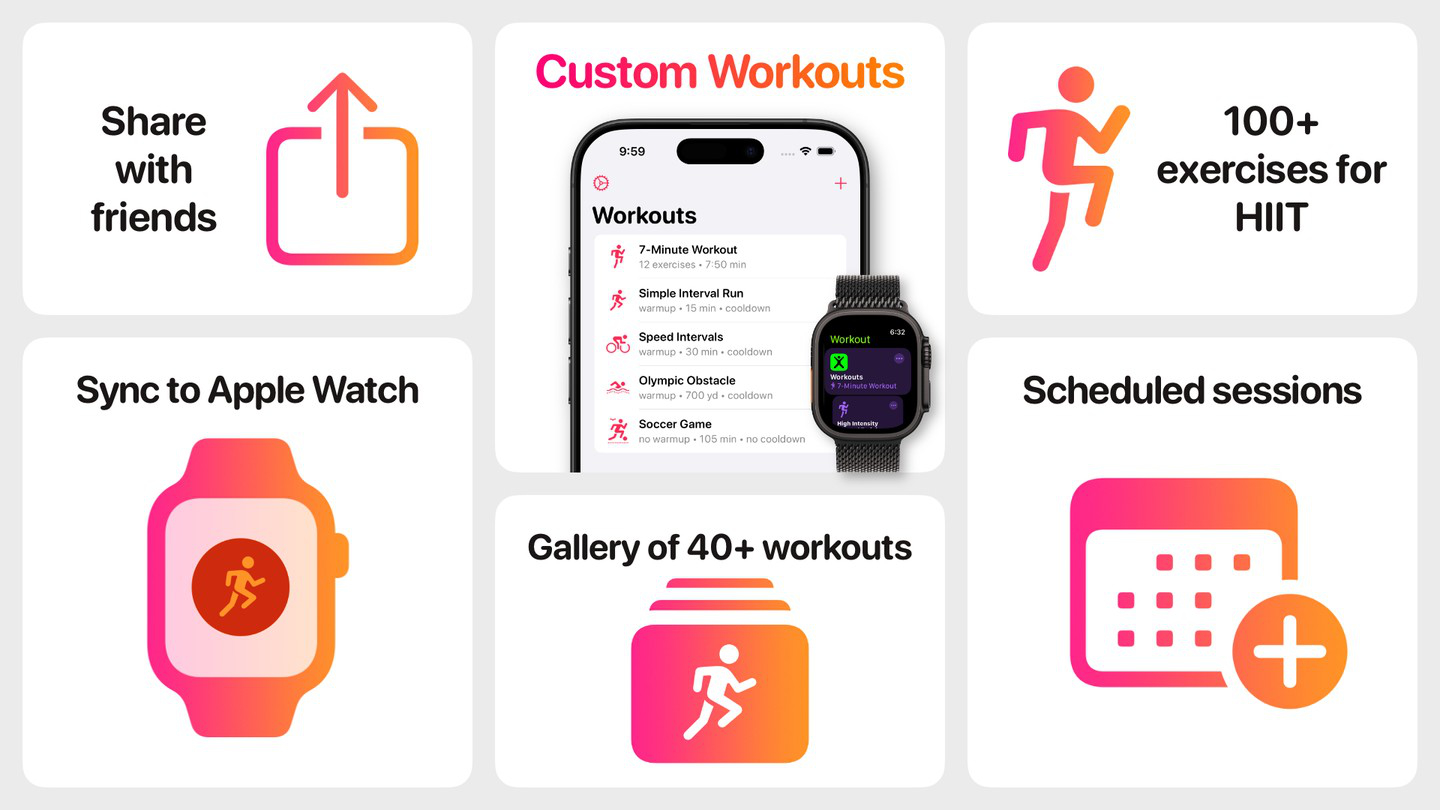A new report from Business Insider claims that Microsoft is considering formal metrics for evaluating how much employees use AI during the workday.
The outlet viewed an email from Julia Liuson, president of the developer division at Microsoft, which told managers to include time spent using internal AI tools, both in-house and from the competition, in employee performance reviews.
Related: ‘Not Cool’: Sam Altman Says Lawsuit Over Secret Jony Ive Project Is ‘Silly’
“AI is now a fundamental part of how we work,” Liuson wrote in the email. “Just like collaboration, data-driven thinking, and effective communication, using AI is no longer optional — it’s core to every role and every level.”
AI use at work is already on the rise. This week, Salesforce CEO Marc Benioff told Bloomberg that AI was handling half of all work at his company.
AI is taking care of “30% to 50% of the work at Salesforce now,” Benioff said.
Meanwhile, a new report from SignalFire, a venture capital firm that monitors the job movements of over 650 million employees on LinkedIn, found that advances in AI have already led big tech companies to reduce the hiring of new graduates (down 25% from 2023 to 2024).
Related: Meta Poaches the CEO of a $32 Billion AI Startup — After Trying to Buy the Company and Being Told No



